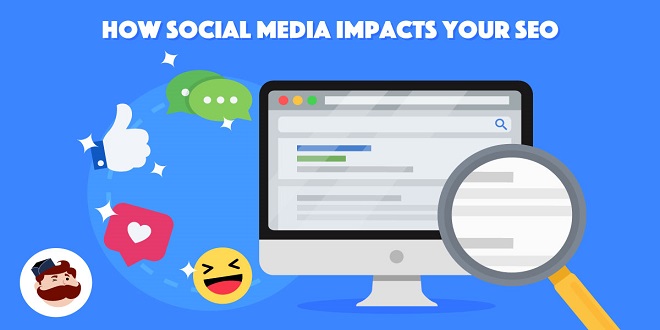How Social Media and User Data Play a Role in Search Results and Rankings

Search engines continually seek to improve the relevance of their search results. They do this by tuning the weight and mix of the types of ranking signals they currently employ, or by implementing new signals. However, how they use these signals is changing all the time. Starting in 2010, evidence mounted to suggest an increasing weight on ranking signals from social media sources. In December 2010, Google and Bing both confirmed this in response to questions from SearchEngineLand.com editor Danny Sullivan.
However, the way the search engines use social signals has changed significantly since then, and it currently appears that neither Google or Bing use them as a direct ranking factor, although they can impact personalized search results in Google. Although the search engines obscure how their algorithms work, many people believe that user engagement signals are part of these algorithms, and there has long been a debate over whether search engines have treated these signals as ranking factors.
While search engine algorithms continue to evolve rapidly, adding new types of ranking signals to them is a tricky process that requires a tremendous amount of testing. As we discussed in the Web consists of hundreds of trillions of pages with fundamental differences in their constructin and content. In addition, the needs these pages serve, and the ways that users interact with them, are equally varied.
Correlation Between Social Signals and Google Rankings
Searchmetrics performed its own correlation study. As shown in the results showed a very strong correlation between many different types of social signals and search ranking. In fact, 7 of the top 10 factors correlating with ranking were related to social media sites.
It is important to note that a correlation does not prove causation—in other words, this information does not prove that these social media factors are a direct ranking signal. Nonetheless, the correlation is noteworthy and only supports our long-standing belief that great content has a strong chance of earning a high number of traditional web links, and of being shared more in social media.
What Is the Value of Social Signals?
Google was first established in 1996 based on the concept of PageRank, where links from third-party websites would serve as votes for the quality of the site receiving the links. This was a valuable concept because the Web evolved as an environment where creating great content was rewarded through links and the cross-referencing of other great content—a natural result.
The collection of data on all the links of the Web, which is referred to as the link graph, is an enormous computational task that maps who links to whom in a vast diagram of the Web’s interconnectivity. shows a conceptual representation of the link graph. From this, search engines can extract valuable signals to identify relevant web pages in response to a particular search query. Feel free to visit to learn more about – Gramhir
Last word
Similar to the way in which the link graph acts as a proxy for real-world connections, social connections and user behavior patterns reflect real-world relationships and values. In order to implement a link to a website, one must first have a web property. While creating a website can in fact be free on today’s Web, one must commit.




